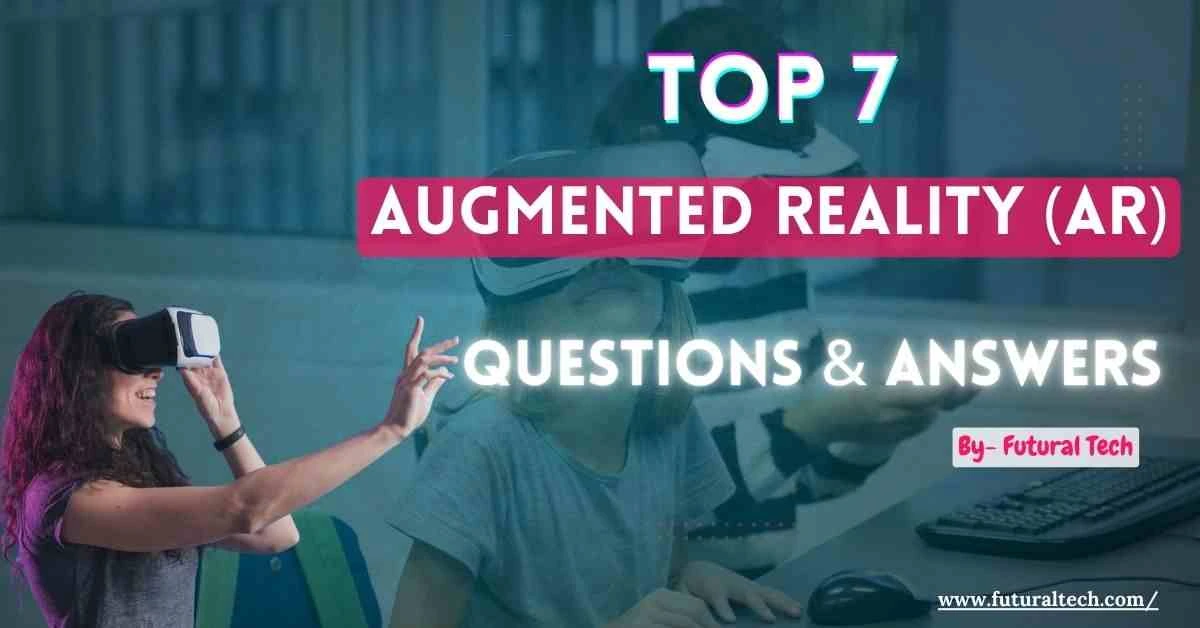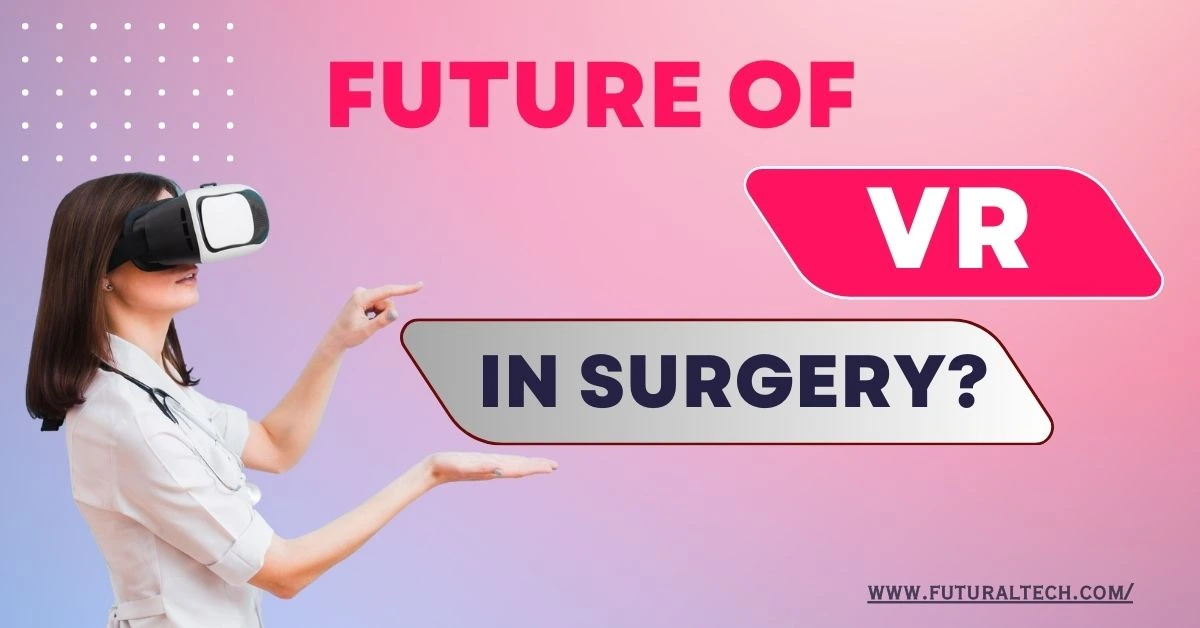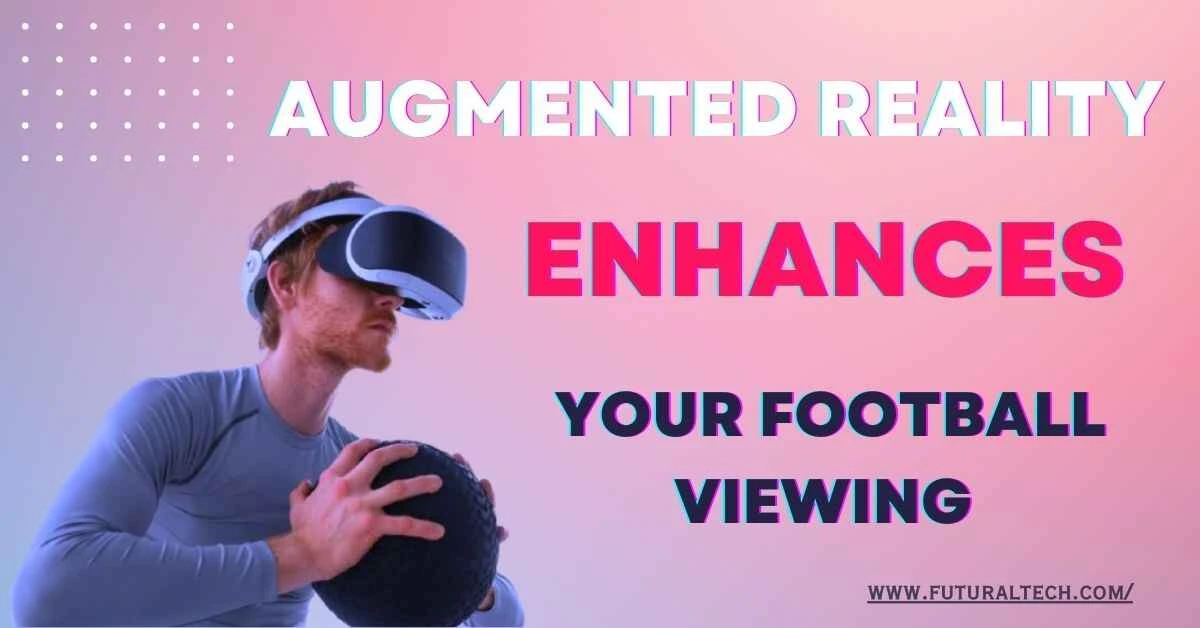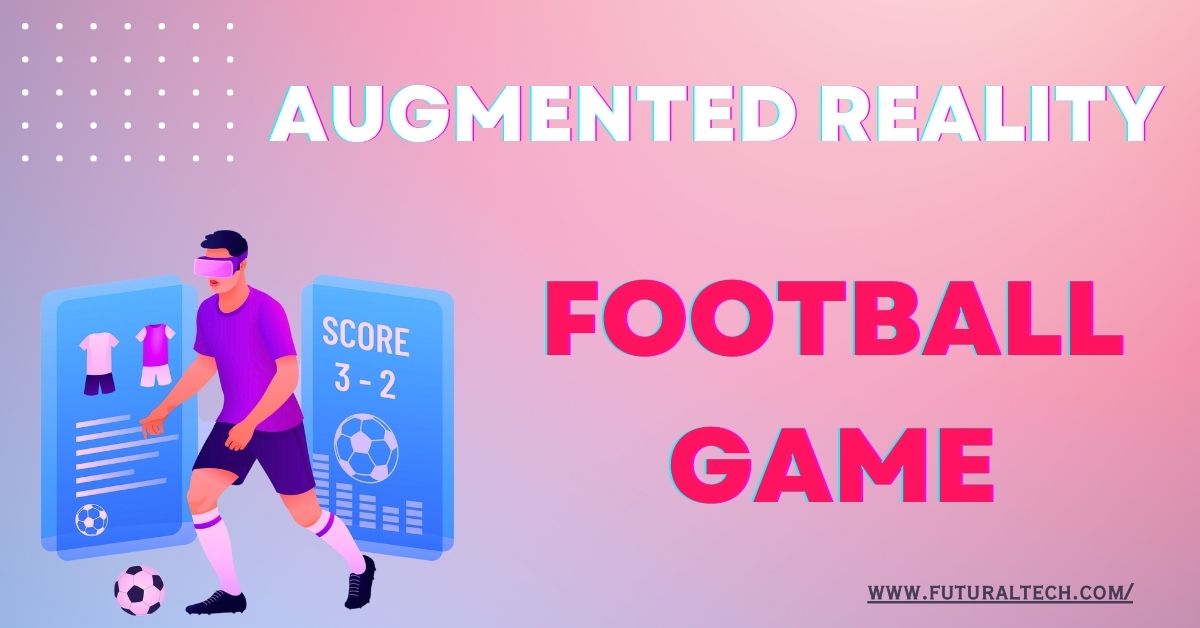Augmented Reality Vein Finder Guide
By- Raj 1st-May-2025

Have you ever gone to the doctor for a shot or a blood test? Sometimes, the doctor or nurse needs to find your vein. A vein is like a tiny tube inside your body. Blood moves through these tubes all the time.
But finding a vein is not always easy. Sometimes the vein is too small. Sometimes it hides under the skin. If the nurse cannot see it clearly, you might get poked more than once. That does not feel good!
Now, doctors have a special tool called the Augmented Reality Vein Finder. It helps them find your veins fast and easily. Let’s learn more about this amazing tool.
What Is a Vein?
A vein is a thin, soft tube inside your body. Blood moves through veins to different parts of your body. Doctors need to find your vein when they give you medicine, take your blood, or give you a shot.
Veins can be hard to see, especially in small children or people with dark skin. That’s why the vein finder is so helpful.
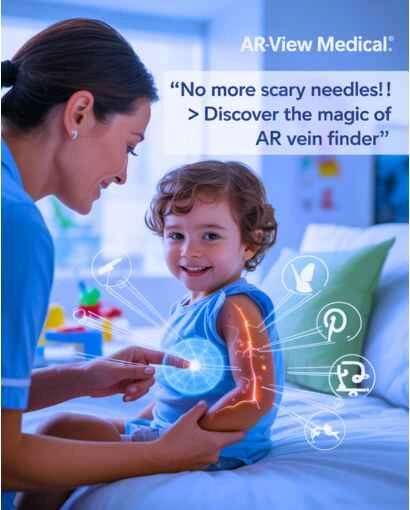
What Is an Augmented Reality Vein Finder?
The Augmented Reality Vein Finder is a smart machine. It helps the doctor or nurse see your veins without cutting your skin. It does not hurt at all.
This tool uses:
- Infrared light – a special light that helps the machine see under your skin.
- Augmented Reality (AR) – this means it shows a picture of your veins on top of your skin like a drawing or map.
When the nurse shines the machine on your arm, the veins show up like magic! The nurse can then choose the best spot to put the needle. One try, and it’s done!
How Does It Work?
The AR Vein Finder is very smart. Here’s how it works in easy steps:
- The nurse turns on the machine.
- It shines a soft infrared light on your skin.
- The light goes under your skin and finds your veins.
- Then, using AR, the machine shows the veins on top of your skin. You can even see the lines!
It looks like a small screen or flashlight. You just hold your arm under it, and the picture shows up.
Why Do We Use It?
This smart vein detection device helps in many ways:
- It makes finding a vein easy.
- You only get poked once, not many times.
- It saves time for the nurse or doctor.
- It makes you feel calm and happy.
- It helps people of all ages—children, adults, and older people.
If you feel scared about needles, this tool can make the visit much better.
Where Is It Used?
The Augmented Reality Vein Finder is used in many places, like:
- Hospitals
- Doctor’s offices
- Ambulances
- Clinics
- Blood banks
Even some nurses carry small ones in their bags to help patients at home!
What Is an Infrared Vein Scanner?
This is a part of the vein finder. It uses infrared light, which is a safe and soft light you cannot see with your eyes. It shines on your skin and helps the machine find where the blood is flowing.
The scanner helps the machine draw a clear picture of your veins. It’s like a superhero camera that sees under your skin without hurting you!
How Does AR Help in Hospitals?
Augmented Reality (AR) is used in hospitals in many ways. It can help doctors during surgeries. It can help students learn about the body. And it helps nurses see veins with the AR vein finder.
AR in hospitals makes healthcare safer and smarter.
What If We Didn’t Have This Tool?
Without this tool, nurses have to guess where the vein is. Sometimes they miss and have to try again. That can hurt and make you feel scared.
With the AR vein finder, there is no guessing. The nurse can see everything clearly. One quick poke, and it’s all done!
Final Thoughts
The Augmented Reality Vein Finder is a wonderful tool. It uses smart lights and pictures to help doctors and nurses see your veins. It helps them do their jobs better. And it helps you feel safe and happy when getting a shot or blood test.
Let’s Remember:
- Veins carry blood inside your body.
- Doctors need to find veins to give medicine or take blood.
- The AR Vein Finder uses special light and pictures to show veins.
- It helps find veins faster and makes everything easier.
This tool is like magic — but it’s real science! Technology like this helps keep people healthy all around the world.

